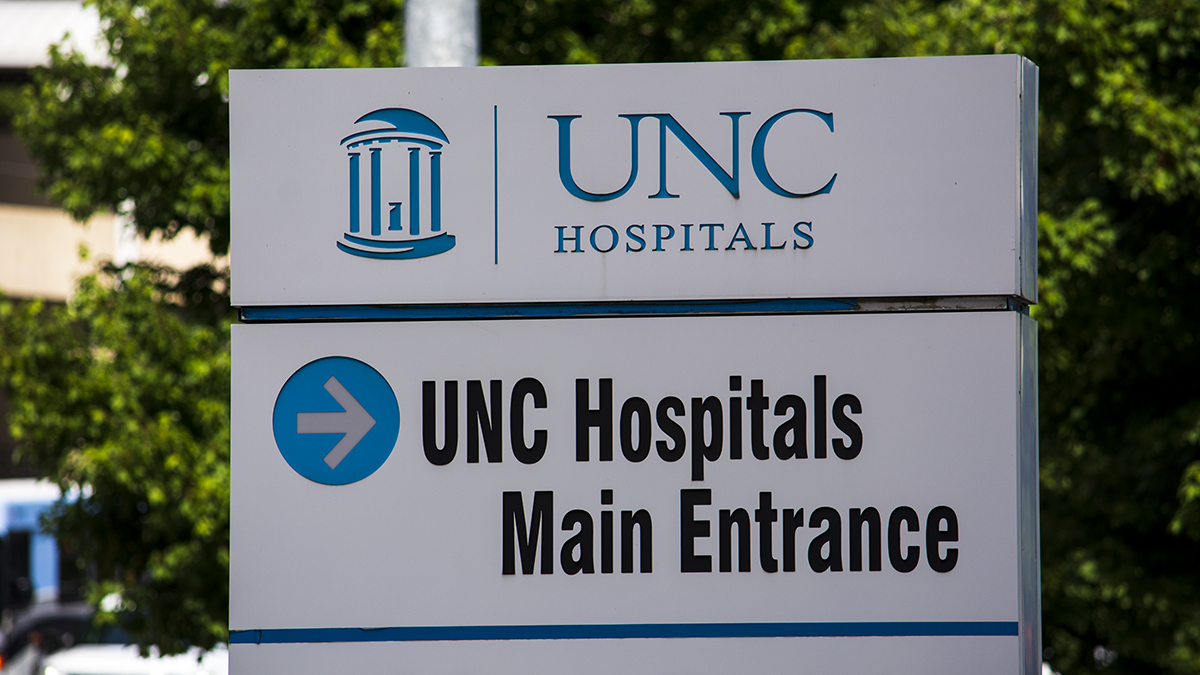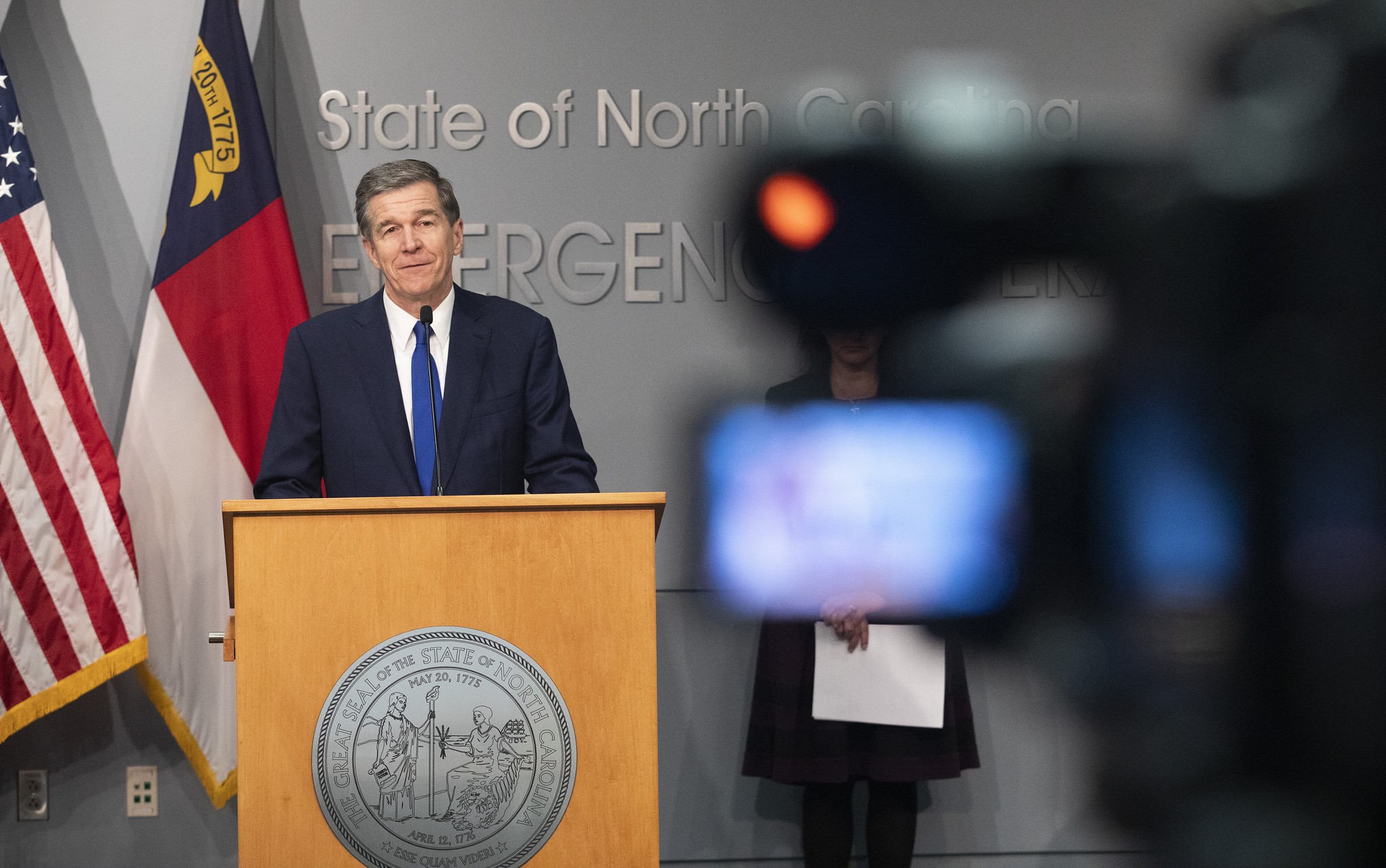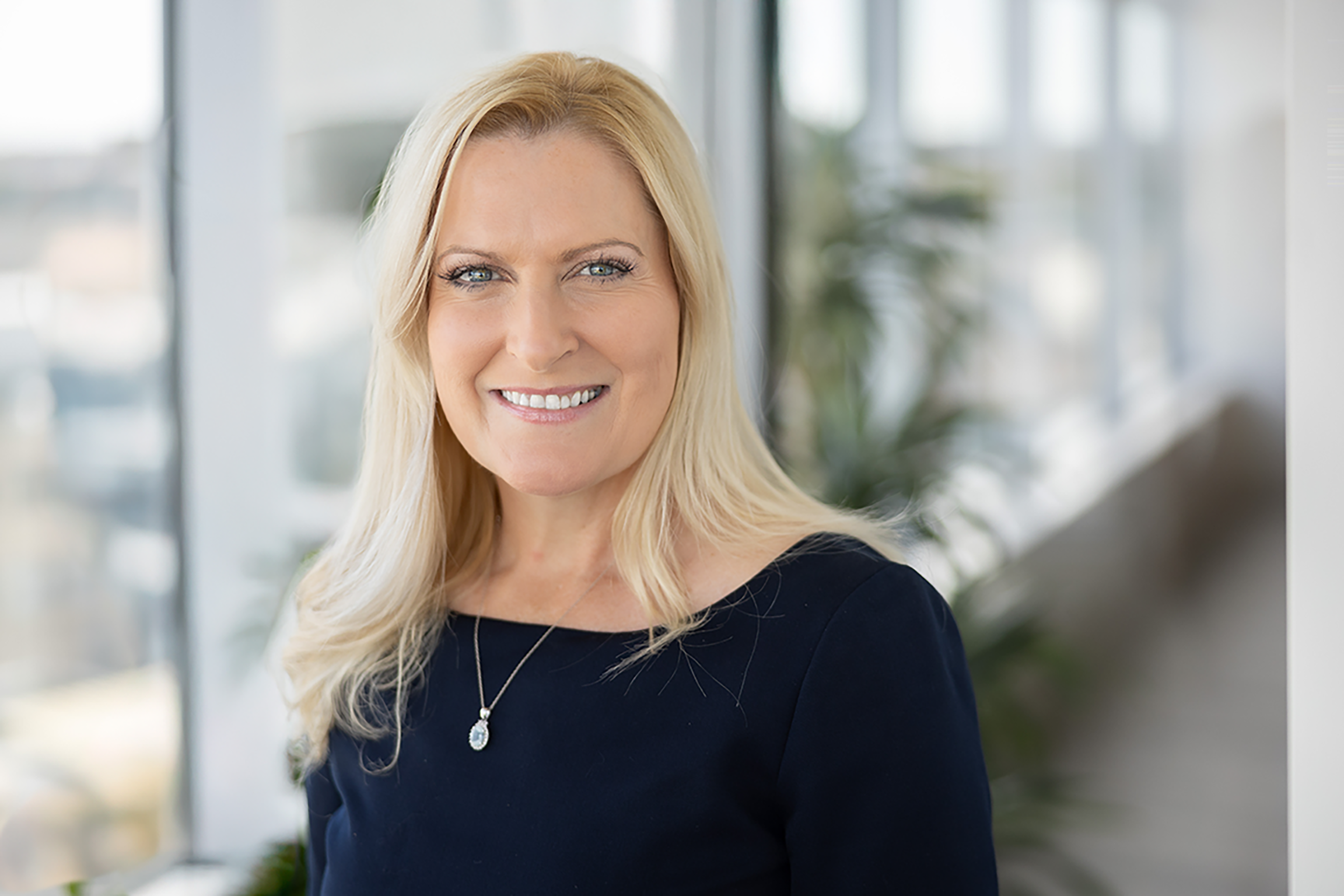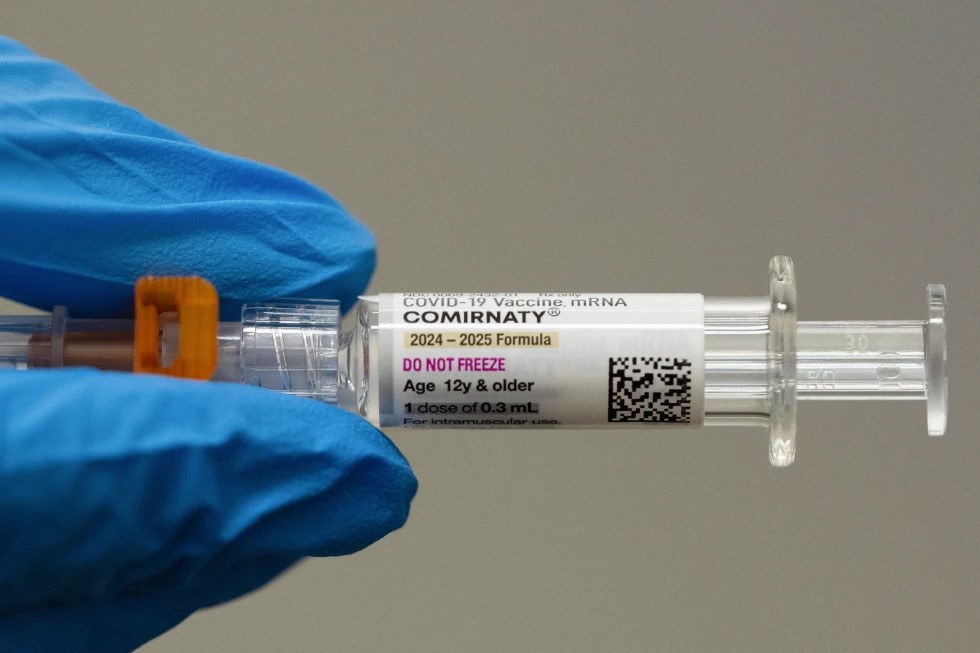Throughout this pandemic, we’ve heard about various struggles of K-12 students managing online school and healthcare professionals dealing with the influx of COVID patients, but what about medical students?
How are emergency medical students learning during the pandemic and how has COVID-19 changed the way medical students are taught emergency medicine?
Dr. Jane Brice is the Chair of the Department of Emergency Medicine within the UNC School of Medicine. She is a medical doctor, holds a master’s degree in public health and is named one of the most influential women in Emergency Medical Services.
Brice said emergency medicine requires flexible, innovative and nimble thinking to be able to respond to the needs of patients and to stressful situations as they present themselves. This is no exception during a pandemic.
“So one of the things that has created some stress and anxiety for all of our providers – students, residents, faculty, nurses – is that literally our protocols change every single day,” Brice said. “Every day. Every day there is something new.”
Brice said initially these constant changes were really stressful and difficult to manage. Because of this, the Department of Emergency Medicine implemented some new practices to streamline communication – like daily huddles and weekly department-wide Zoom calls discussing clinical changes and addressing physicians’ concerns.
“I personally think that our department has done extraordinarily well in being able to respond in this area of COVID when everything is upside down, nothing is the way it was and we have a brand new normal,” Brice said. “But, we’ve been able to maintain, to adhere to our principles of excellence and to create new and innovative ways to respond to that.”
Brice said one of the ways UNC’s Department of Emergency Medicine maintains its mission of excellence stems from education – and the teachers and directors who lead the programs.
Dr. Christina Shenvi is the Associate Program Director of UNC Emergency Medicine and directs the third year medical student rotation in the emergency department.
Shenvi said when it comes to education some of the structural and innovative changes that have been made since March are in some ways better than they were before the start of the pandemic.
For example, the use of virtual technologies such as Zoom has allowed for more medical professionals to easily speak to the medical students, whereas before it would have been cost or time prohibitive to do so.
“But because they are now used to the virtual platform, we’ve been able to have individuals from Stanford and other institutions give some of our lectures and content to the residents and I think that’s been very successful and actually a lesson that we will carry forward even after the isolation restrictions have lifted,” Shenvi said.
At the start of the pandemic, Medical students were initially pulled from all clinical services while risks were assessed. After two months, fourth year medical school students were integrated back in – and after another month the third year students followed.
“That was in part because there were a lot of unknowns about COVID and about how it spread and about how risky it was and so they were very cautious in waiting ‘til we had a safer plan to integrate students back in,” Shenvi said. “However now that they are back in the hospital and in the emergency department, we are taking some extra precautions with students in terms of limiting their exposure to known positive COVID patients.”
Despite these delays and hurdles, Shenvi said students’ education is continuing and thriving. Throughout this whole pandemic, she said one of the things that she finds the most important to pass on to her residents and students, is that they have to learn to accept change – and that is a lesson that will never be outdated.
“Often, understanding that the way I practice today is not the way that I’ll practice tomorrow,” Shenvi said. “What is okay today may not be okay tomorrow. The patient that I can’t test today, maybe I can test them tomorrow because or indications of who qualifies for testing has also changed rapidly. So being open to constant change is one of the things that many of us had to learn early on to be successful.”
Lead photo courtesy of UNC-Chapel Hill.
Chapelboro.com does not charge subscription fees. You can support local journalism and our mission to serve the community. Contribute today – every single dollar matters.












